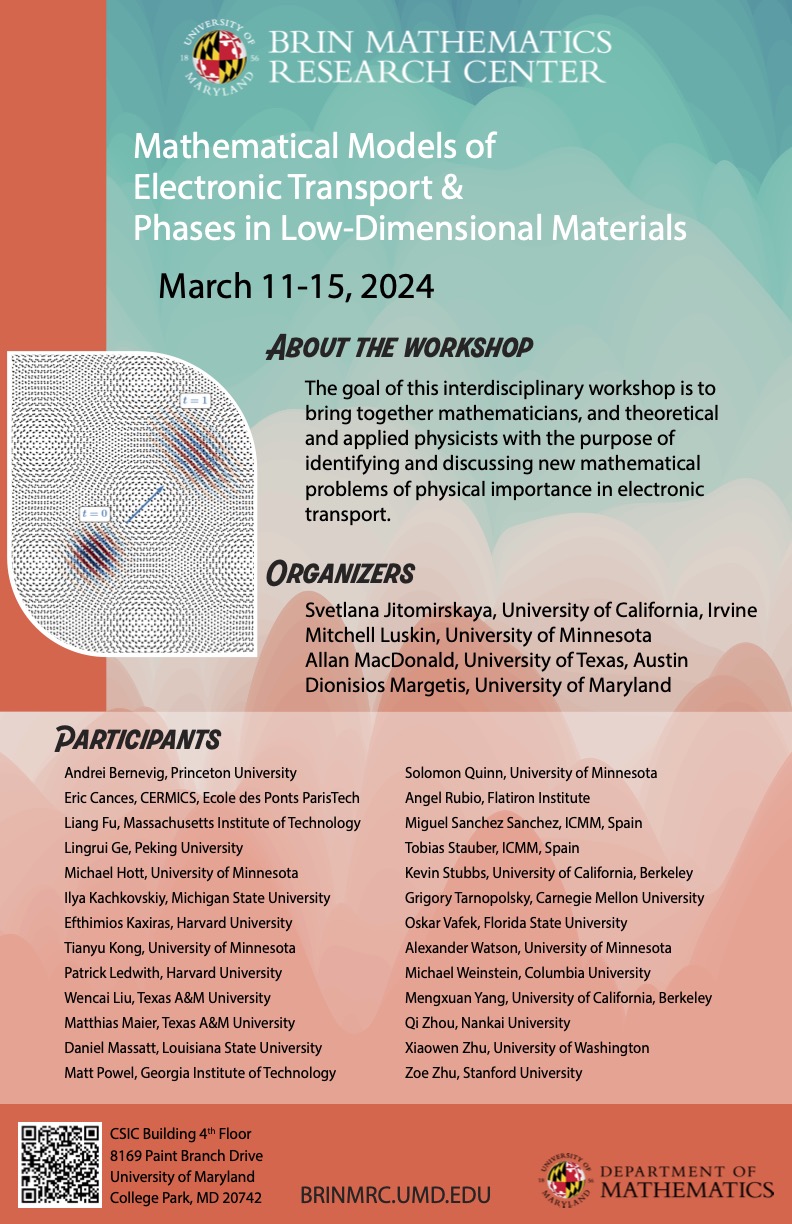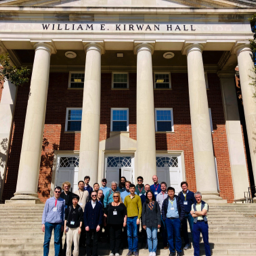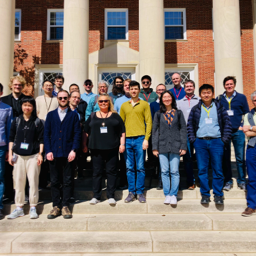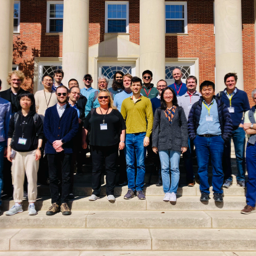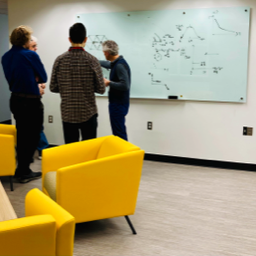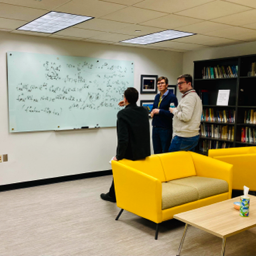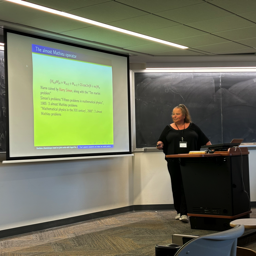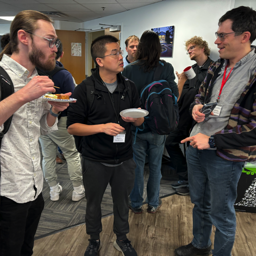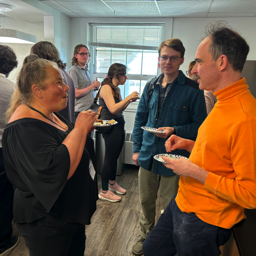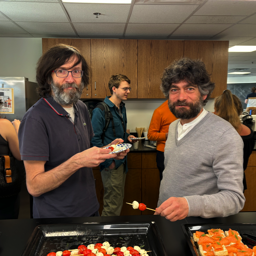Mathematical Models of Electronic Transport and Phases in Low-Dimensional Materials
March 11, 2024 - March 15, 2024
Organizers:
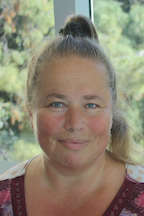
Svetlana Jitomirskaya
UC Irvine
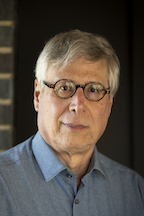
Mitchell Luskin
University of Minnesota
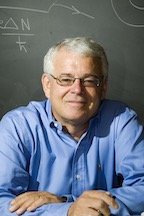
Allan H. Macdonald
University of Texas, Austin
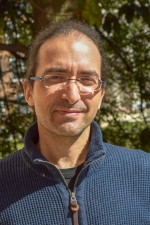
Dionisios Margetis
University of Maryland
Low-dimensional moiré materials provide a rich testing bed for exploring novel quantum phenomena of electronic transport. For example, twisted bilayer graphene has attracted much attention because of the electronic phases that emerge for twists near the "magic angle". Novel predictions include unconventional superconductivity, correlated insulators, anomalous quantum Hall ferromagnetism, and intriguing viscous hydrodynamics.
The physically inspired models lead to far-reaching mathematical questions about limits of quantum particle systems, the modeling of dissipation and electronic viscosity, the topology of energy bands, quasi-periodic Schrödinger operators, semi-classical limits, and the linear and nonlinear optical response, among others. The underlying areas of mathematics span partial differential equations, topology, numerical analysis, and statistical mechanics.
The goal of this interdisciplinary workshop is to bring together mathematicians, and theoretical and applied physicists with the purpose of identifying and discussing new mathematical problems of physical importance in electronic transport.
Participants:
- Guillaume Bal, University of Chicago
- Andrei Bernevig, Princeton University
- Eric Cances, CERMICS , Ecole des Ponts ParisTech
- Liang Fu, Massachusetts Institute of Technology
- Lingrui Ge, Peking University
- Michael Hott, University of Minnesota
- Ilya Kachkovskiy, Michigan State University
- Efthimios Kaxiras, Harvard University
- Tianyu Kong, University of Minnesota
- Patrick Ledwith, Harvard University
- Wencai Liu, Texas A&M University
- Matthias Maier, Texas A&M University
- Daniel Massatt, Louisiana State University
- Matt Powell, Georgia Institute of Technology
- Solomon Quinn, University of Minnesota
- Miguel Sanchez-Sanchez, Instituto de Ciencia de Materiales de Madrid
- Tobias Stauber, Instituto de Ciencia de Materiales de Madrid
- Kevin Stubbs, University of California, Berkeley
- Grigory Tarnopolsky, Carnegie Mellon University
- Oskar Vafek, Florida State University
- Alexander Watson, University of Minnesota
- Michael Weinstein, Columbia University
- Mengxuan Yang, Columbia University
- Qi Zhou, Nankai University
- Xiaowen Zhu, University of Washington
- Zoe Zhu, Stanford University
Poster:
